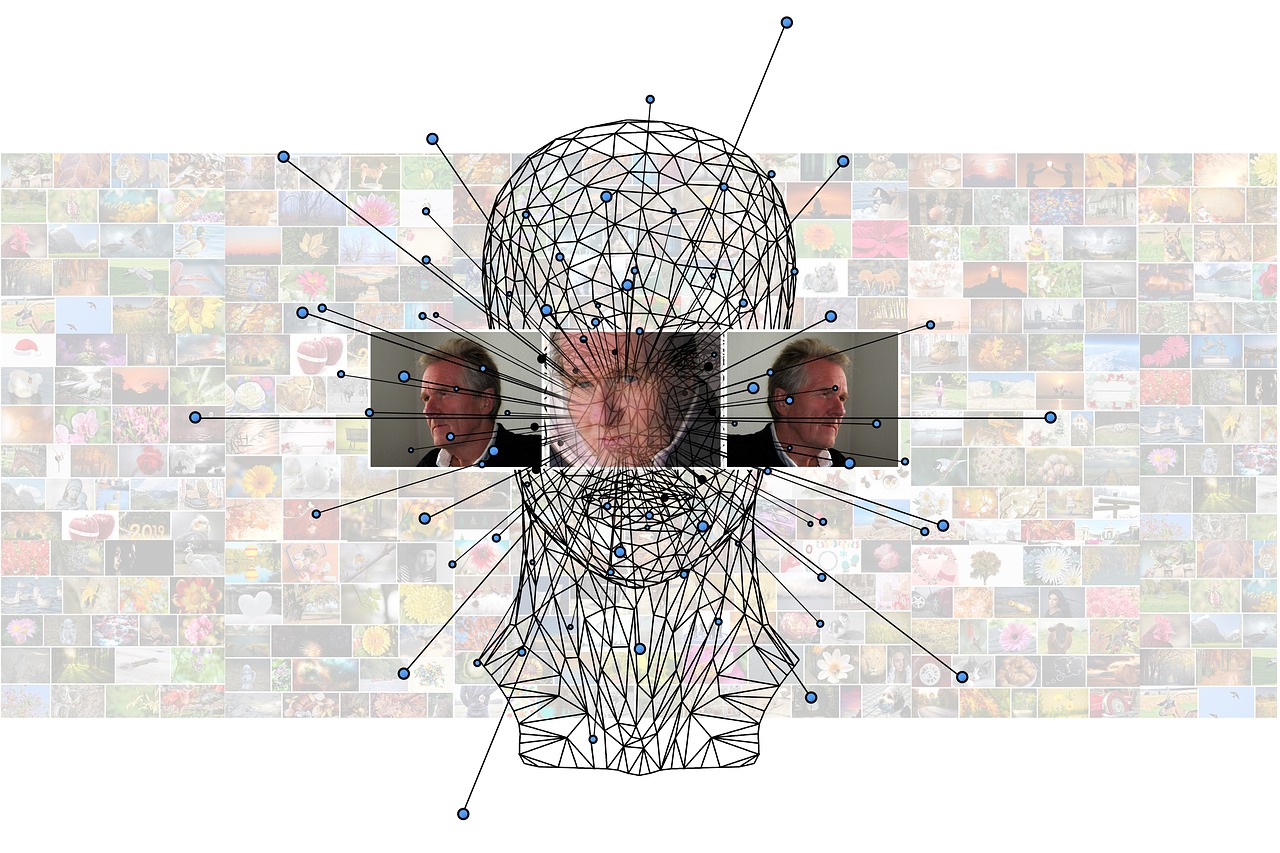One of the trends generating the most excitement in the field of healthcare technology is machine learning. The potential of this technology for driving diagnoses and personalizing treatments is seemingly unlimited. Moving forward, it would not be surprising for machine learning systems to drive much of health care with the oversight and reasoning of trained physicians. This past year alone, machine learning has proven to be an extremely valuable tool in terms of shaping a reasonable response to the COVID-19 pandemic as researchers have used it to predict the outcomes of a novel coronavirus infection and even monitor the side effects of the vaccine.
Using Machine Learning to Predict Outcomes of COVID-19 Infections
The start of winter 2020 in the United States saw a massive jump in the rate of new coronavirus infections, which has placed a new burden on the nation’s healthcare system. The question, then, becomes how to allocate resources effectively to support patients who need additional help without wasting precious medications or equipment. Recently, researchers at Mount Sinai developed a machine learning tool to help predict patient outcomes when they first arrive at the emergency room presenting with COVID-19 symptoms. The technology looks at the electronic health record of these patients, as well as lab tests and imaging, to determine risk of intubation.
Many of the symptoms of COVID-19 are nonspecific, which means they could be caused by several different disease processes. Because of this, physicians often struggle to predict who will need intubation. The software developed at Mount Sinai was able to predict intubation or death within 30 days of a patient’s arrival at the hospital with an accuracy of 82 percent. Importantly, this algorithm is used directly in the emergency room, not after the patient has been admitted, which is what makes it so powerful. The score provided by the algorithm can help determine workflow and ensure that only people who need additional support receive it.
Relying on Machine Learning for More Immediate Predictions
A similar tool was developed at the University of California, Irvine (UCI) to predict the need for ventilator and critical care. With an accuracy of 95 percent, this tool looks at a patient’s medical history to make predictions and determines whether a decompensation is expected in the coming 72 hours. Currently, the tool is available online for any healthcare organization to use. This program was developed to give clinicians a better idea of whom they need to monitor closely.
The development of the UCI tool started early. Researchers began collecting information about patients with COVID-19 back in January 2020. By March, the tool was ready to be used. The algorithm looks at a number of factors, including pre-existing conditions, test results, and patient demographics, when making its predictions.
While the tool was derived from data collected at UCI, it was also applied to patients at Emory University with success, which suggests that it can be used across a variety of populations. UCI has used the tool to guide care and determine bed allotment, which has facilitated more appropriate use of resources. Since the tool only gives a prediction of severity, it is still up to clinicians to figure out how to use that information.
Tracking the Side Effects of the Coronavirus Vaccine
Another recent application of machine learning involves tracking the side effects of the coronavirus vaccine. In the United Kingdom, a company has been hired to create a program for keeping track of side effect reports. Since the number of reports is expected to be vast, machine learning will help avoid missing any important details as information gets collected. The Pfizer and Moderna mRNA viruses are both new technologies, so it is important to track how these vaccines interact with an individual’s immune system. In addition, a vaccine developed from chimpanzee adenovirus is also very new, which makes it extremely important to track reactions and side effects closely. Given the fast pace of the vaccine rollout, using machine learning to track reports will help keep everyone as safe as possible.
Based on the data from the vaccine trials, no safety concerns are expected to arise, and the overall side effect profile should be mild. However, with the vaccine being given on such a large scale, there could still be a number of reactions. Based on other vaccines, the expectation is a reaction in about 1 in 1,000 doses administered. With machine learning, it is possible to monitor these reactions in real time and identify any patterns that emerge, which can help tweak the vaccine rollout to keep everyone safe. This level of real-time analysis is not possible with human eyes scouring the data due to the incredible number of reports, but with this monitoring system, individuals can be even more certain that it is safe to take the vaccine and that any red flags will be discovered immediately.

